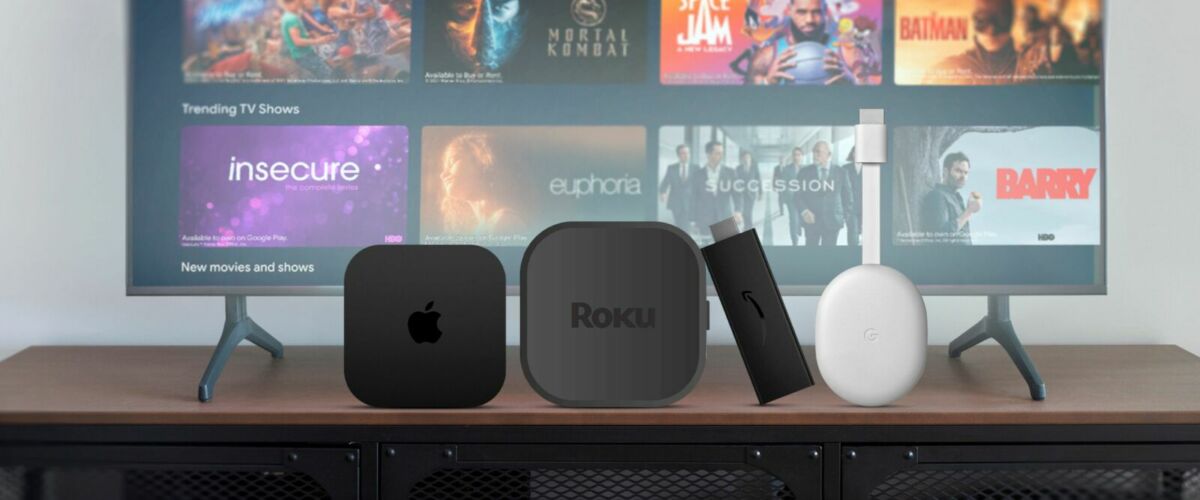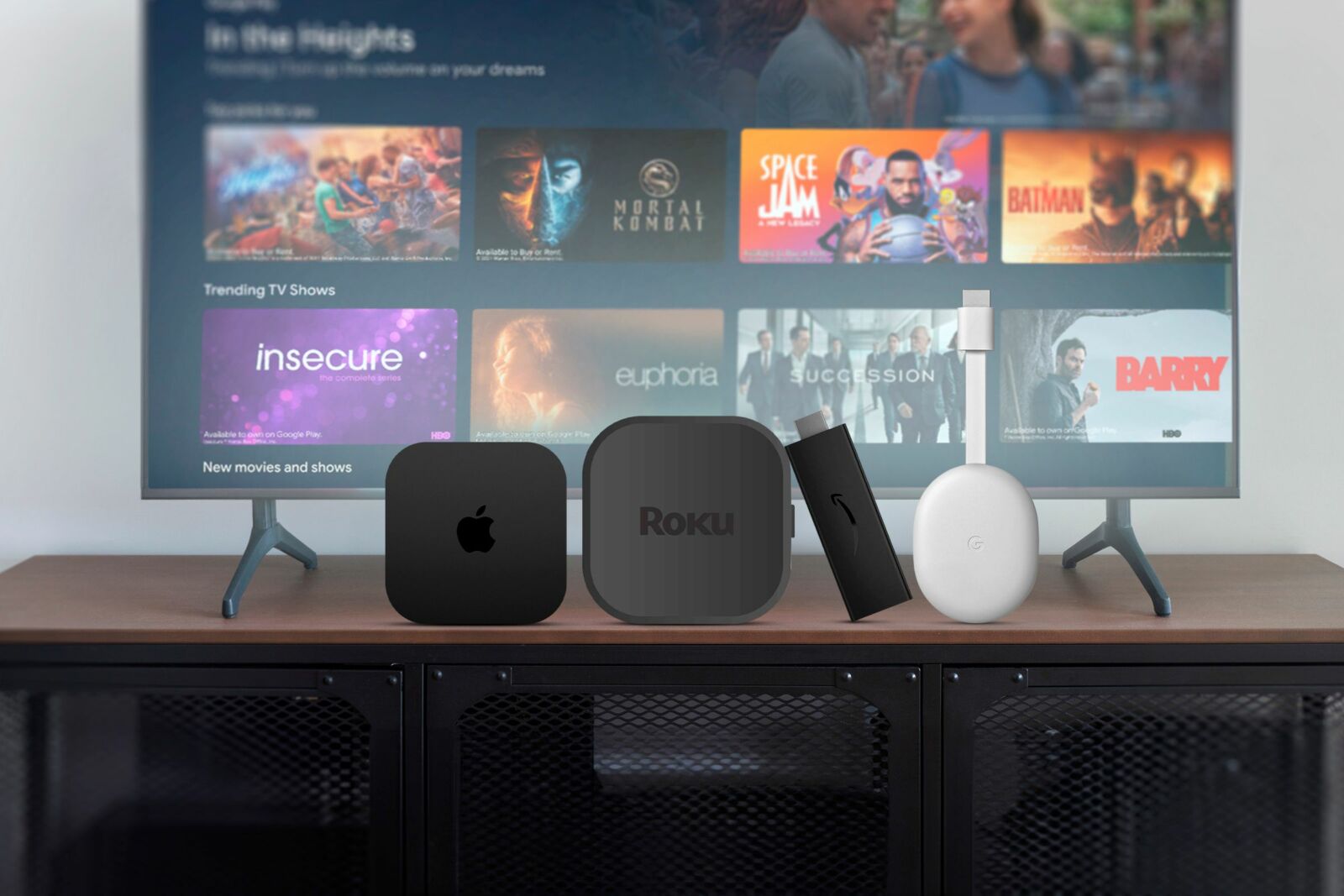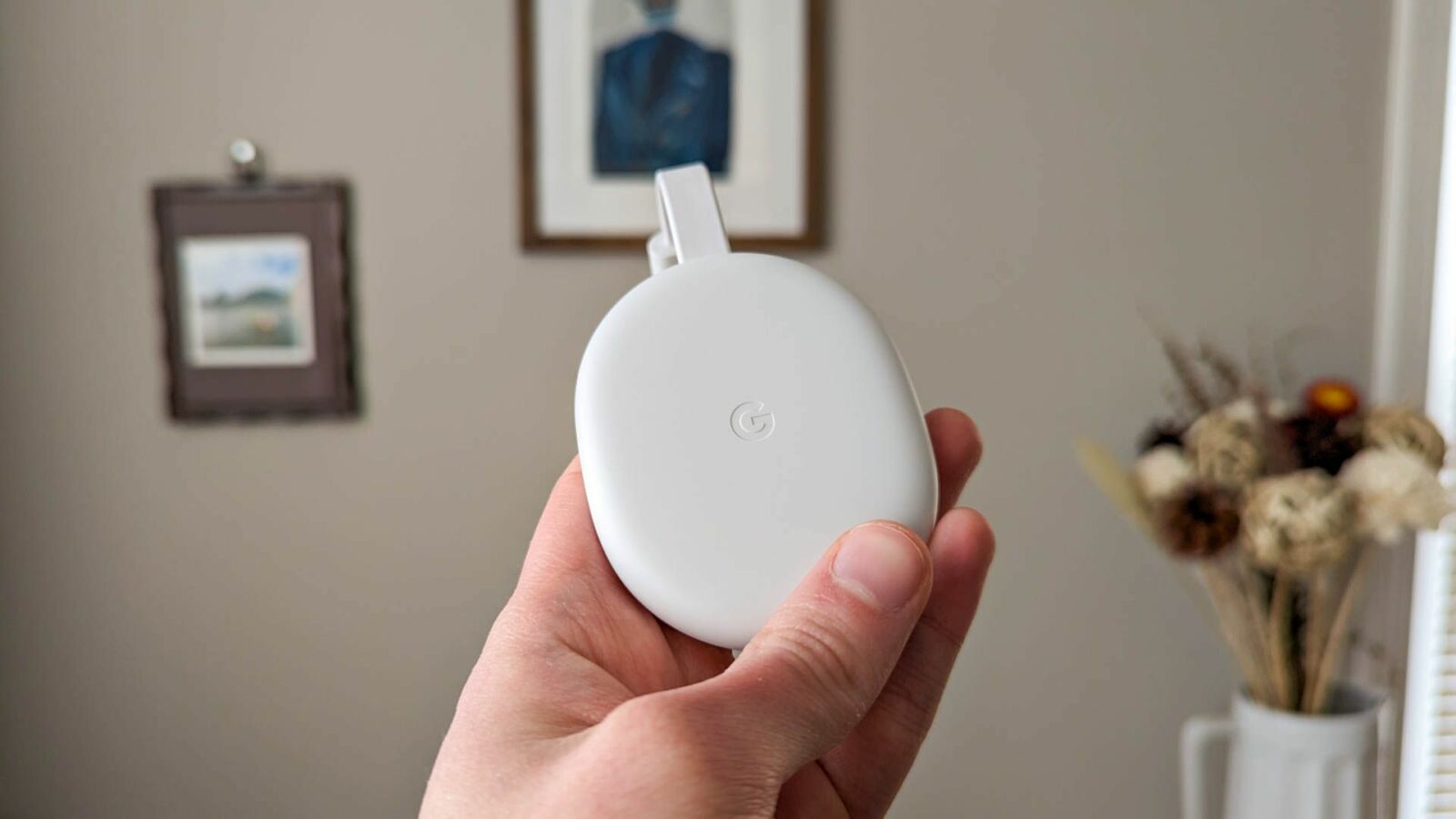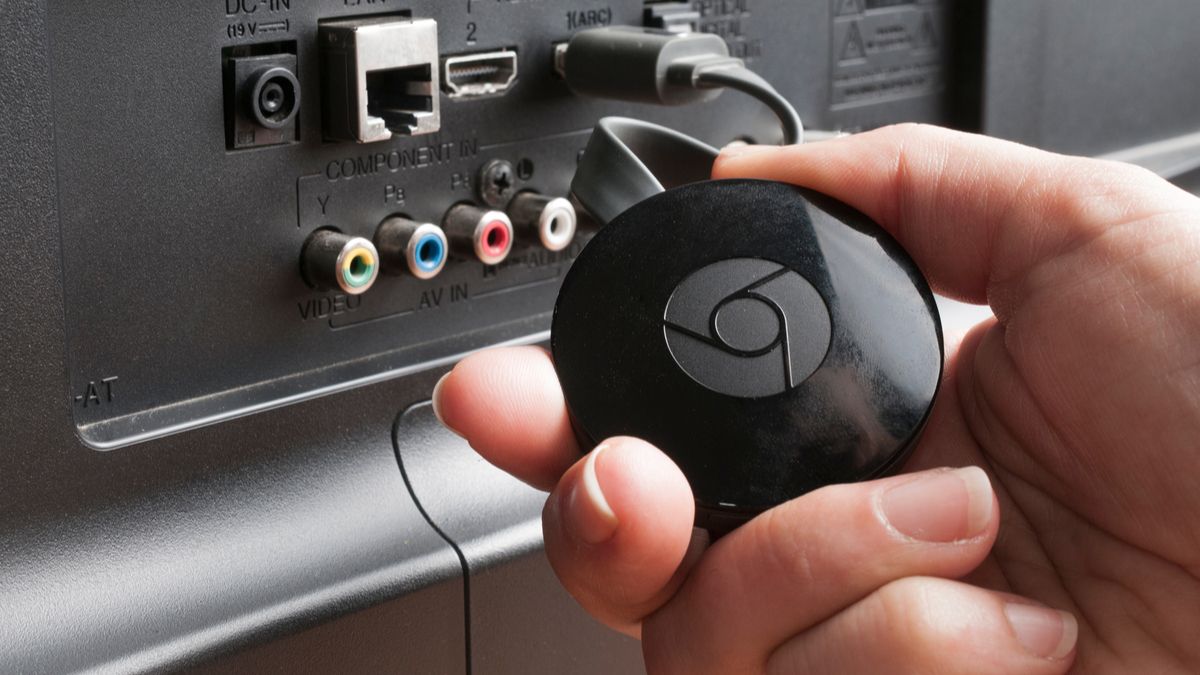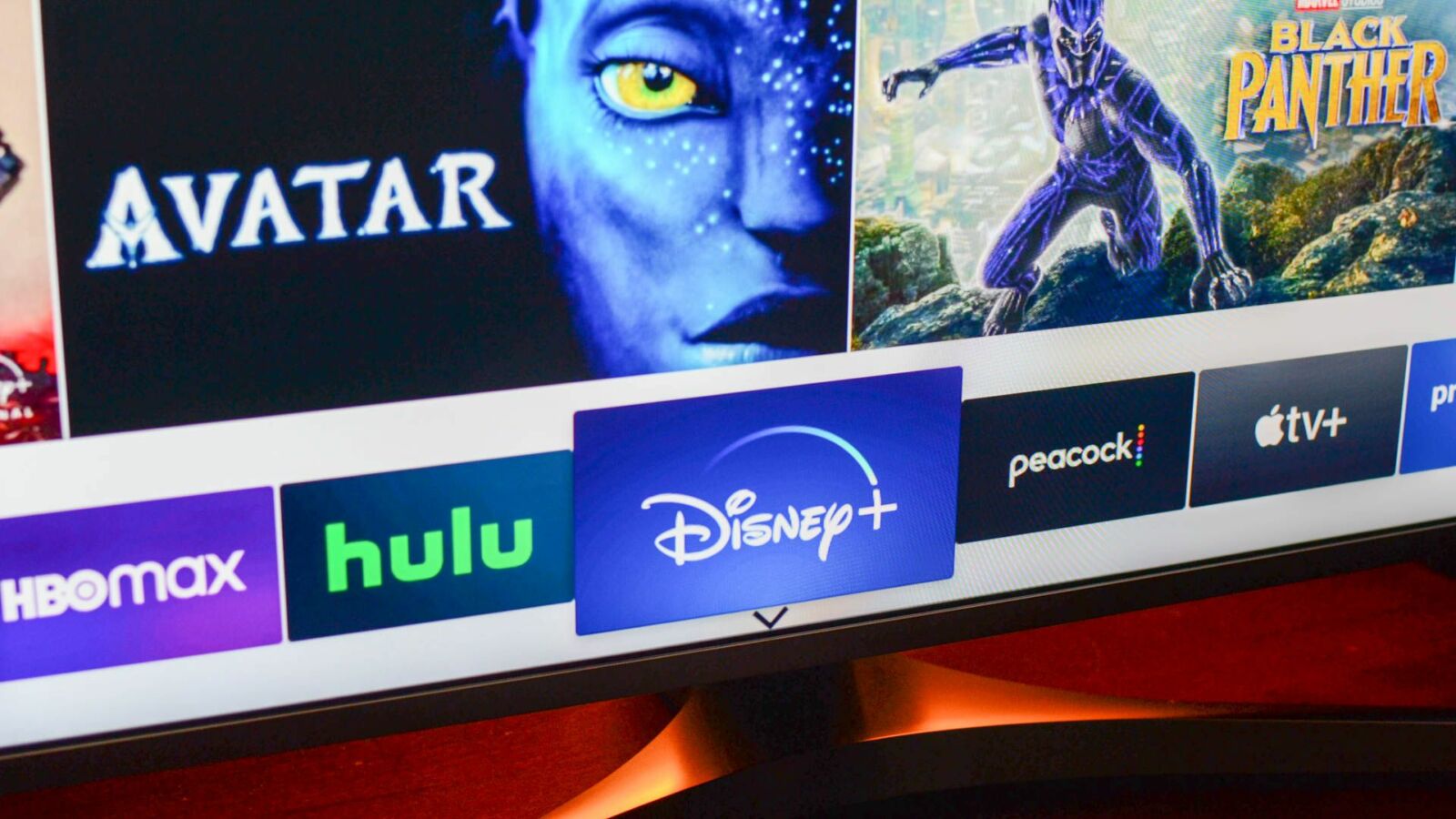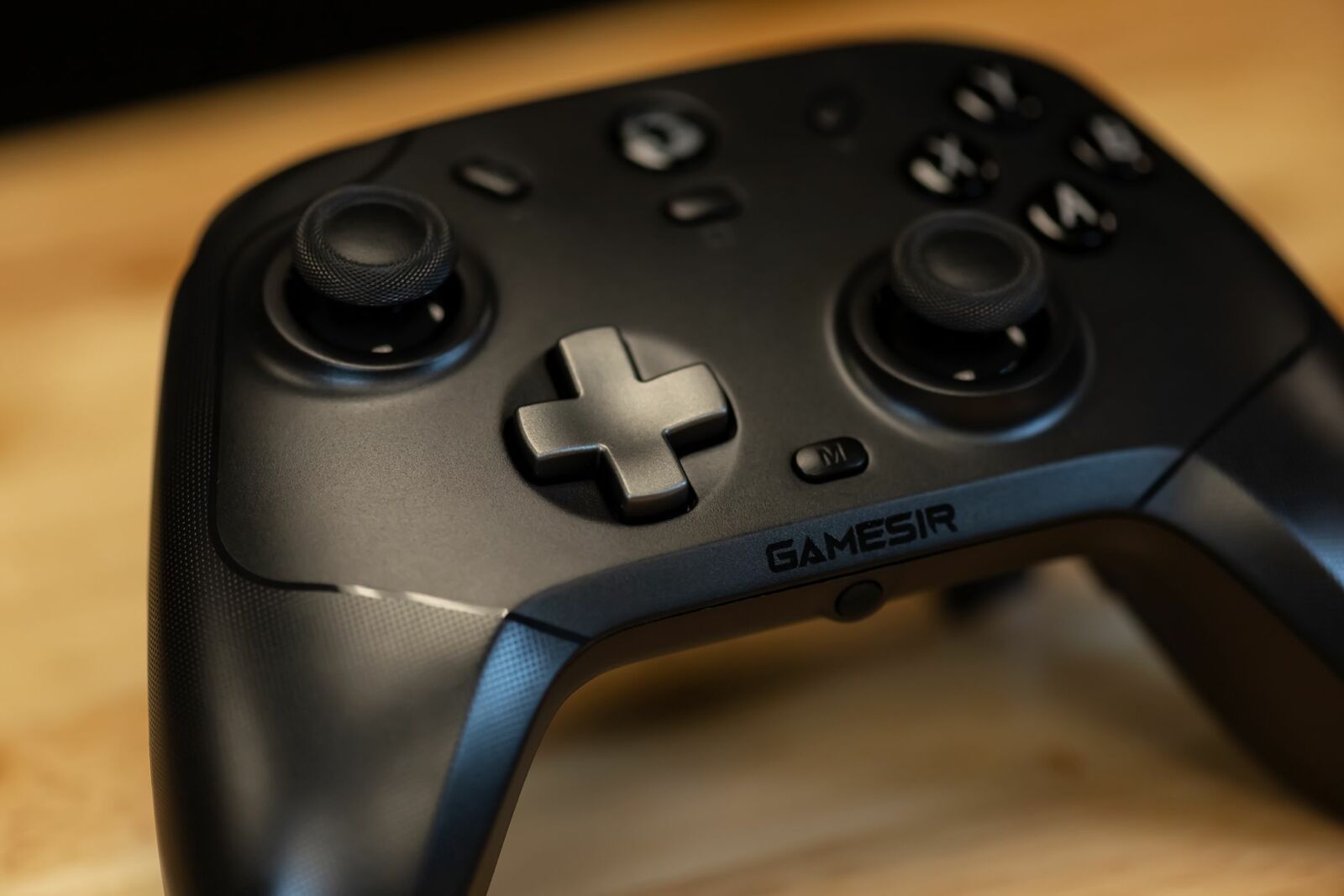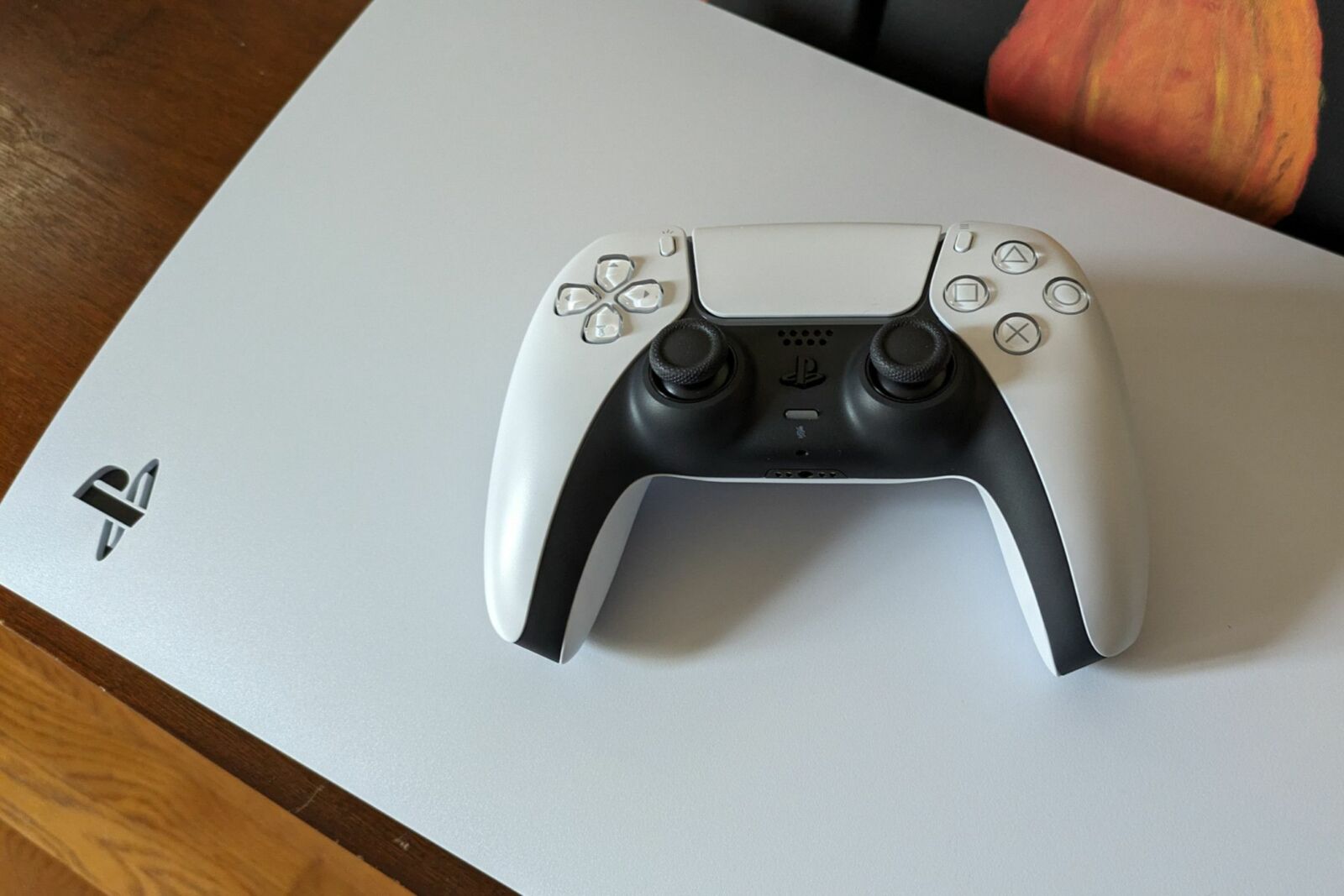Streaming Box Showdown: Apple TV vs. Roku vs. Amazon Fire TV vs Google TV
It’s no secret that “smart” TVs aren’t really that smart.
Quick Links
- The Contenders
- What Services Are Available on Each Box?
- Which Boxes Are Easiest to Use?
- What Are the Standout Features of Each Box?
- How Do the Form Factors Compare?
- Which Boxes Are Support Video Games?
- What Are My Other Options?
- So, Which Is the Best?
It’s no secret that “smart TVs” aren’t really that smart. Generally, a dedicated streaming box or stick will offer a much better experience, and it’s easier and cheaper to upgrade. Apple TV, Roku, Amazon Fire TV, Google TV, and Chromecast offer a lot of the same features, so which one is right for you?
The Contenders
There are five big names in this game, but only four are technically still active: Amazon Fire TV, Roku, Apple TV, Android TV/Google TV devices, and Chromecast. Here’s a breakdown of each before we get into what makes them different.
Apple TV
This is for those truly invested in the Apple ecosystem. For a while, there were two versions of the Apple TV: the Apple TV 4K and the Apple TV HD. In 2022, Apple dropped the HD model to focus solely on the 4K model. The 4K model comes in 64GB ($129) and 12GB ($149) flavors, with the 128GB model including an ethernet port.
Amazon Fire TV
This is Amazon’s take on the streaming box market. Both the Fire TV and Fire TV Stick feature Alexa voice controls and a wide range of apps and games to choose from. The products include the Fire TV Stick, Fire TV Stick 4K, Fire TV Stick Lite, and Fire TV Cube, along with a wide range of TVs with Fire TV built-in.
Google TV and Android TV
It wouldn’t be Google if there weren’t some complicated naming going on. “Android TV” isn’t the name of one set-top box—instead, it’s a platform that other manufacturers can use on their own set-top boxes. “Google TV” is essentially the most recent version of Android TV.
There are many ways to get Google TV and Android TV, including built-in to many TVs. However, there are a few clear standouts. The most powerful and arguably the best device is the Android TV-powered NVIDIA Shield TV or TV Pro. On the Google TV side, Google’s own Chromecast with Google TV 4K is a nice option.
Roku
Roku is probably the most well-known name in this game and the one that really started it all. Roku devices are full of innovative features and a nearly incomparable library of apps. And man, there are a lot of Roku products out there. So here’s the short list of current-gen products:
- Roku Express: The simplest, most basic stick Roku offers.
- Roku Express 4K+: Similar to the standard Express, but with 4K.
- Roku Streaming Stick 4K: Small, compact, and relatively robust.
- Roku Ultra: The cream of the Roku crop—it supports 4K, HDR, and a bunch of different ports in the back (not to mention a microSD card). Not bad.
RIP: Google Chromecast
This is the simplest streaming device on the list—it has no true “interface” on your TV that requires a remote to navigate. Instead, you bring up an app on your phone (like Netflix or Prime Video) and “cast” the video to your TV. Unfortunately, Google has all but abandoned this idea in favor of the aforementioned Google TV. The last Chromecast-only device was released in 2018. You can, however, “cast” to Google TV and Android TV devices in the same way.
What Services Are Available on Each Box?
Arguably the most important feature of any streaming box is: which services can you watch on it? Not all boxes are created equally here, especially the more specific your needs get. We can’t list every possible service, so make sure to do your own research if there’s a specific app or service you want access to on your streaming box. But in general, here’s how they compare.
Pretty much all the big names should be compatible with all of these boxes: Netflix, Hulu, Prime Video, Disney+, YouTube, Max, Showtime, Twitch, and other big channels should be available on every platform. If you use a streaming TV service—like Sling TV, Tubi TV, YouTube TV, or Hulu Live TV—you should also be able to find it on pretty much any device.
There are a couple of exceptions, of course. Twitch does not have an official app on Roku, for example. However, streaming services have gotten much better at supporting all the various platforms people use to watch content on their TVs. A relatively small service like Peacock, for instance, is available on a staggering number of devices. Even Apple has released its Apple TV+ app out of its walled garden.
Which Boxes Are Easiest to Use?
When it comes to ease of use, things tend to get a little convoluted. What’s easy for one person may not seem easy to another—and it may also depend on how you do your TV watching.
What I can say is that most of these boxes are relatively straightforward and easy to use. For the traditional boxes, I’d say Roku is the easiest: its interface is very simple with no frills (in a good way). The Apple TV, Google TV, and Android TV UIs have a lot in common and are easy to pick up with little practice. Amazon’s Fire TV UI is probably my least favorite—I find it more complicated than the others.
If you’re looking for something that’s dead simple to use, I’d recommend a Roku. For the more seasoned tech users and those who want to tweak their experience potentially, Google TV/Android TV is the way to go. Apple TV is for the same type of person, minus the customization options. The Fire TV OS doesn’t stand up on its own, but the affordable hardware makes up for that.
What Are the Standout Features of Each Box?
Apart from basic usability, each box has some exclusive features that make it more compelling. Which ones matter to you depends on what you’re looking to do with your box. Here are the standout features of each:
- Apple TV: The biggest thing here is Siri and, of course, Apple. Siri is integrated into Apple TV so that you can talk to it like your phone—and it can do cool stuff like repeat a mumbled line with subtitles enabled, search movies by genre (and sub-genre), check the weather, and more. Otherwise, Apple TV has controller support and a decent game selection thanks to the iPhone and iPad’s compatible game library.
- Amazon Fire TV: Like with the Apple TV, Amazon’s digital assistant Alexa is along for the ride here. It’s not quite as powerful in terms of media control, but it’s still cool. Also, Apple TV, Fire TV, and Fire TV Stick have game controller support and a decent choice of things to play.
- Google TV and Android TV: Like with the other sections, Google TV/Android TV is kind of a mess—only because there are so many devices to choose from. For example, the NVIDIA Shield TV Pro not only has incredible game support through GeForce NOW but also access to Google Assistant, Alexa, Plex Server integration, and AI-enhanced upscaling. Other devices, like the Chromecast with Google TV, are more simplified, which is better for some people.
- Roku: There are a lot of options here as well, each with its own set of features. If you’re looking for simplicity and affordability, Roku Express is your huckleberry. But if you’re looking for full-featured goodness, Roku Ultra is where it’s at. It offers 4K playback, Ethernet, USB, microSD cards, and private listening by plugging headphones into the remote. (Though lower-end Rokus can do this through the mobile app).
How Do the Form Factors Compare?
Form factor may or may not be a big deal to you, and that’s okay. Just a couple of years ago, most of these boxes were about the same size, and they were mostly boring squares. Things have changed since then, even if only slightly.
- Apple TV: It’s a pretty small, black, non-descript box. Very clean and minimal (like most Apple products), this one is sure to sort of blend into the background in most home theater setups.
- Amazon Fire TV: Amazon mostly offers fairly boring-looking sticks, but the Fire TV Cube is bigger, with Alexa lights and speaker fabric on all four sides. They easily can disappear in most homes.
- Google TV and Android TV: Again, this isn’t a box but a platform. There are a lot of options out there. If you want small and out-of-the-way, go with something like the Walmart onn. Stick. On the other end of the spectrum is the NVIDIA Shield TV Pro, which looks almost like a gaming console.
- Roku: Roku products can really be broken down into two categories: sticks and boxes. The Express and Express 4K+ are small boxes that can be attached to the bottom edge of your TV. The Streaming Stick 4K is, of course, a stick. And the Ultra is an actual box, but it’s small, thin, and clean. It looks good and isn’t gaudy—it should fit in just fine with about any decor.
At the end of the day, most of these boxes are pretty small, so the form factor isn’t a huge deal. Even the larger boxes are small enough to hide away behind your TV.
Which Boxes Are Support Video Games?
Games aren’t something you typically think of from your set-top box, but it’s becoming more and more common, and some manufacturers are using gaming to set their devices apart from the others. At this point, most of the boxes support some sort of gaming—generally very casual at best—but others have made it more of a trademark.
- Apple TV: While not its claim to fame, there’s a pretty decent catalog of games on Apple TV, most of which are just iPad games that you can also play on your TV. And it supports made-for-iOS game controllers, for a truly comfortable experience.
- Amazon Fire TV: Gaming was one of the things that Amazon almost pioneered, as it was the first company to bring “real” games and a game controller to an otherwise normal set-top box. The catalog isn’t great (since it relies on Amazon’s smaller Appstore), but there are definitely some solid pick-up-and-play titles. Also, keep in mind that the gaming situation could be limited by which device you pick up—the Stick Lite is a lot less powerful than the Cube, so the gaming performance will suffer.
- Google TV and Android TV: Like most things Android, this is a convoluted topic. Most Android TV boxes support a few rudimentary games, but NVIDIA’s SHIELD was truly designed for gaming. There are a ton of exclusive games, including some excellent ports of the great titles of yesteryear. And, it can stream games from your NVIDIA-equipped gaming PC. If gaming on your box is important to you, SHIELD is the best choice.
- Roku: Roku has quite a few very simple, family-oriented games here. There’s no gaming controller, but the remote is designed to double as a gamepad of sorts. So yeah, if you don’t really care about games and only think of them as a very limited aside for your set-top box experience, Roku is a good choice.
Games are likely secondary to the above categories, but it’s nice to know you at least have options in this space.
What Are My Other Options?
All that said—and I feel like I’ve said a lot here—there’s another segment that can easily fit the “set-top box” niche: game consoles. If you have a PlayStation or Xbox, then you already sort of have a set-top box. Modern game consoles support 4K video, have access to Netflix and a slew of other apps, and can really do as much as most of the dedicated boxes out there. If you already have a game console, you probably don’t need a dedicated box—unless you really want features like Siri, Alexa, Google Assistant, or something else mentioned above. Set-top boxes are definitely more useful for those who aren’t gamers.
Alternatively, you could build your own home theater PC with something like Kodi or Plex installed. This tends to be more useful for local videos than streaming video like Netflix, and is a truly geeky option for those that want something very specific. Buying a set-top box will be a lot simpler (and cheaper), but if you mind getting your hands dirty and enjoy what a massive pain in the ass building something like a home theater PC is, then by all means. You do you.
So, Which Is the Best?
Here’s the deal: there isn’t really a “best” box out there—only the one that works best for you. If you’re so far deep in the Apple ecosystem that you can quote Jony Ive interviews verbatim, then by golly, get the Apple TV. You’ll love it.
Roku almost pioneered this market, so it has a lot of experience under its belt. The Roku Ultra easily offers some of the best value in set-top boxes, especially if you don’t already have loyalty with another company. Tech-incline people may find the Roku interface a bit too simplified and limiting, but that’s what gives Roku devices such broad appeal.
Google TV is a great all-around option as well. It feels like a more “grown-up” device than a Roku and offers tons of great apps and features as well. The Chromecast with Google TV 4K is a solid device for techies and your grandparents. Android diehards should just get an NVIDIA Shield and be done with it. It’s a great box and by far the most powerful, versatile option on the list, and unequivocally the best Android box.
The Amazon Fire TV devices are probably the weakest on this list. Since Fire TV OS is based on Android (at least for now), the only real thing that’s exclusive to Fire TV devices is Alexa. Prime Video and Amazon Music are available on the other devices on this list, for example, and those devices offer a better user experience than Fire TV.
“Tech Bargains Galore: Where Innovation Meets Affordability!”

